
EU-Mercosur agreement: No unified regional position
Despite expectations, the EU–Mercosur deal was not signed and stances of CEE countries remain divided.
A collection of 252 posts

Despite expectations, the EU–Mercosur deal was not signed and stances of CEE countries remain divided.

Recent corruption revelations in Ukraine and institution restructuring in Slovakia brings renewed attention to anti-corruption bodies in CEE.
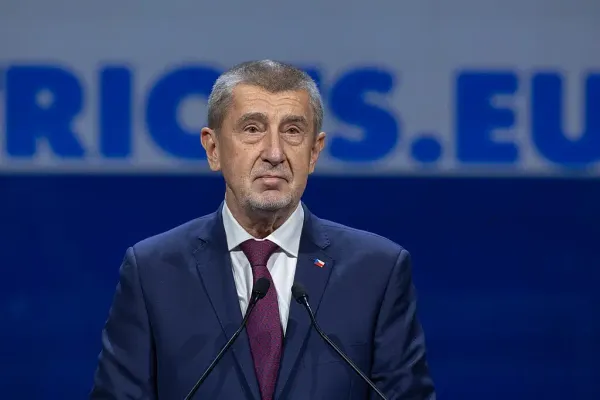
Babiš has been officially appointed the Czech Prime Minister for the third time, following his ANO party’s success in the October 2025 elections.
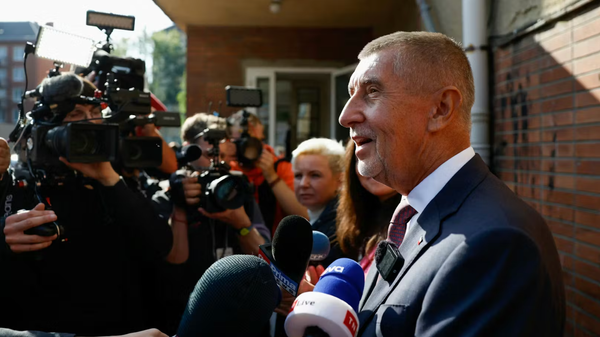
Babiš unveiled a plan to resolve the Agrofert conflict of interest, a step required to secure his appointment as Prime Minister.
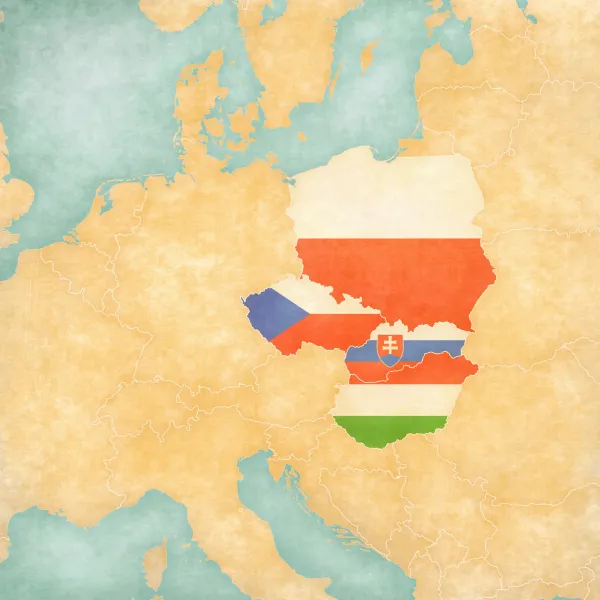
The presidents of the V4 countries gathered in Esztergom —but the differing views on Russian aggression undermines regional unity.
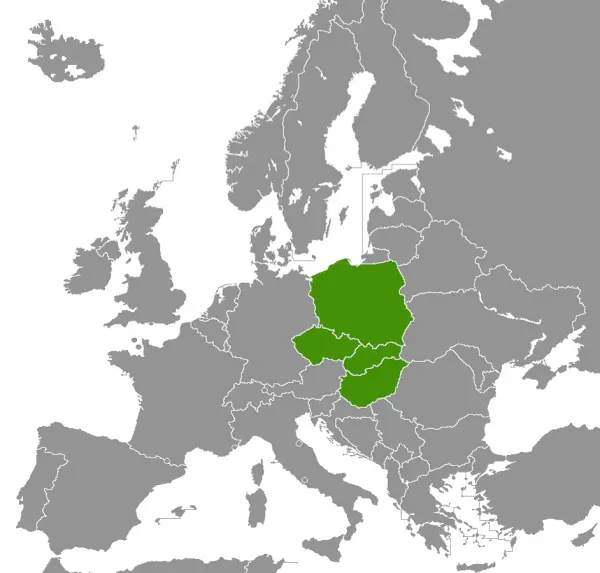
The media landscape in the V4 countries does not show a uniform picture, sending varying messages for potential investors as well.

Public attitudes toward the war in Ukraine vary highly and have shifted significantly across the CEE region.
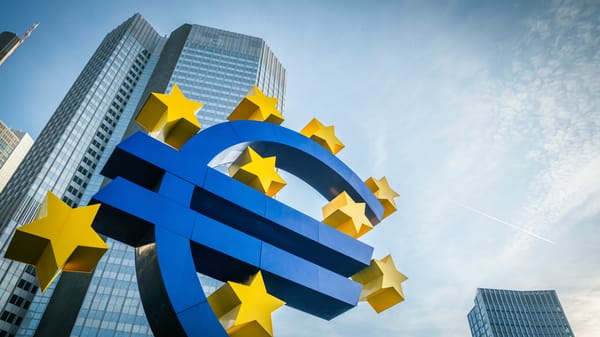
CEE countries differ on euro adoption, some view it as a path to convergence, while others wary of potential negative effects.
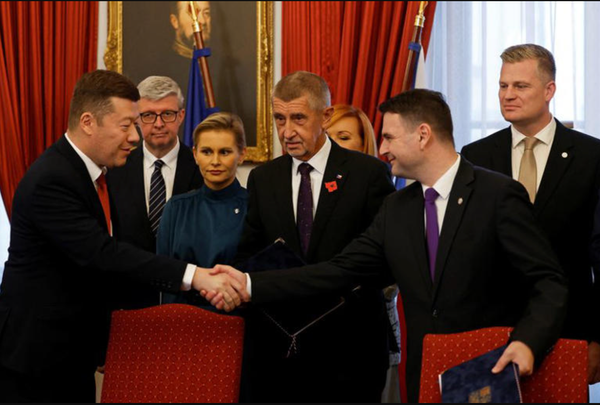
Andrej Babiš’s ANO movement returns to power in coalition with nationalist allies, promising social protection, lower energy prices, and a tougher stance toward Brussels.
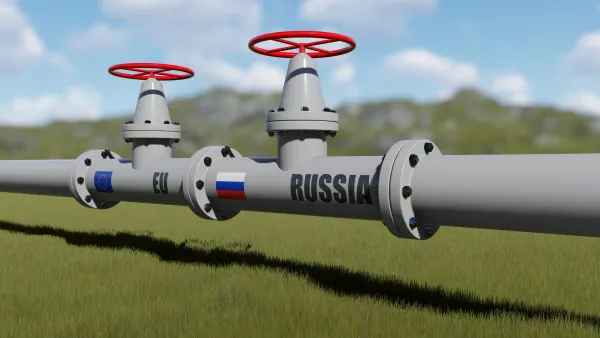
The Central and Eastern European oil market is entering a new era as a result of the US measures aimed at restricting Russian crude exports.
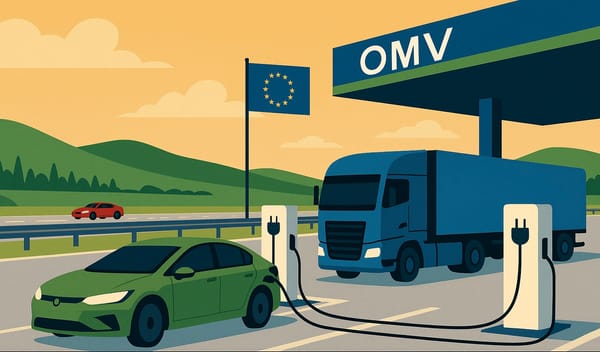
In a new step in the cleaner transport transition, OMV Petrom has inaugurated Romania's largest electric vehicle (EV) hub with 34 charging points of up to 400kW on the A1 motorway near Miercurea Sibiului, central Romania. The site is located on the Rhine-Danube Corridor - one of Romania’

Estonia has surged to second place in the 2025 World Press Freedom Index, its best-ever result and the highest ranking among EU countries. Estonia's ranking in the 2025 World Press Freedom Index is the highest ever achieved by a Central and Eastern European (CEE) country since the index&
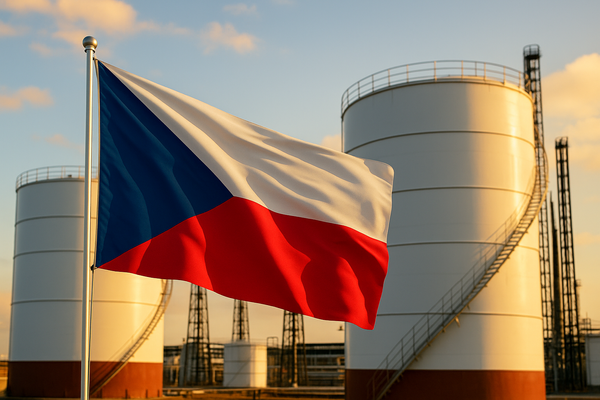
Czechia has halted imports of Russian crude oil delivered via the Druzhba pipeline for the first time in 60 years, Czech Prime Minister Petr Fiala announced in mid-April. The milestone was enabled by the expansion of the Transalpine Pipeline (TAL), which connects the Italian port of Trieste to Austria and

Workers in Central and Eastern Europe (CEE) enjoy some of the lowest personal income tax rates in Europe, with Slovakia and Poland the outliers for individuals and families, according to a new Organisation for Economic Co-operation and Development (OECD) report. The OECD Taxing Wages 2025 report analysed tax data and

US President Donald Trump’s new raft of global tariffs threatens to hammer the export-driven economies of CEE countries.